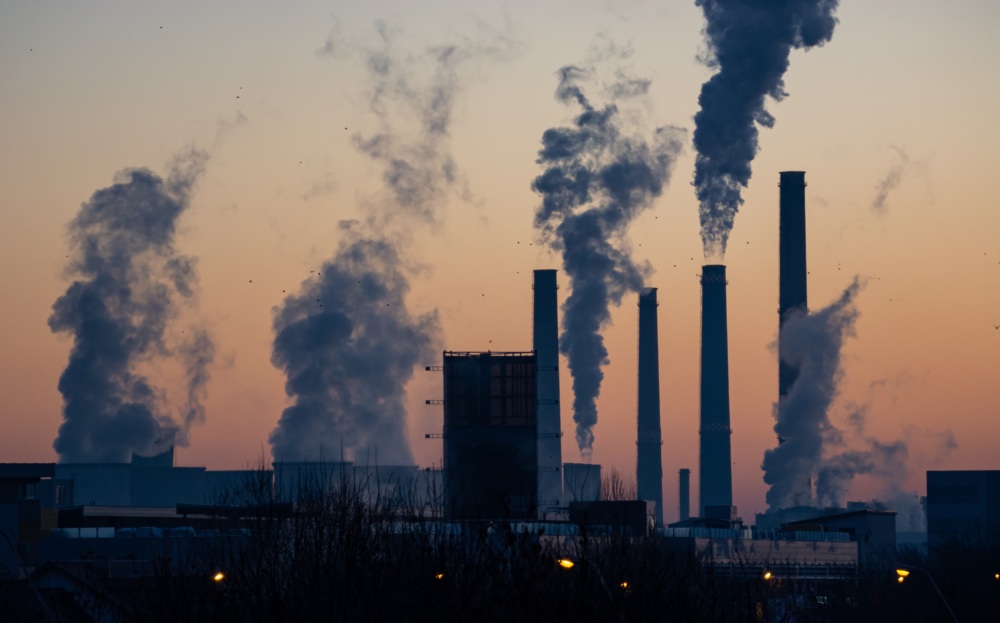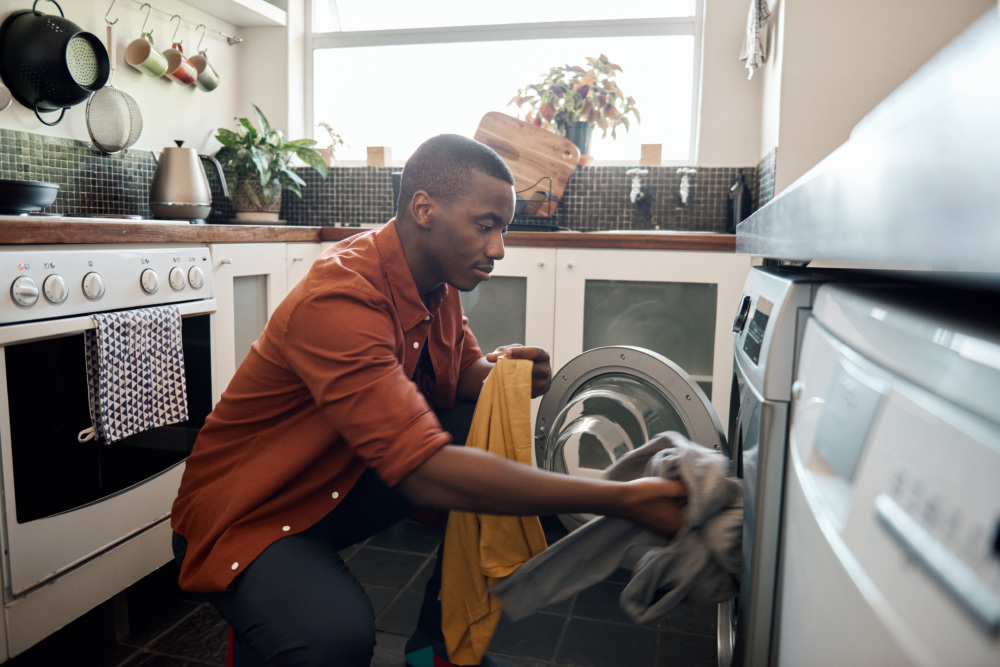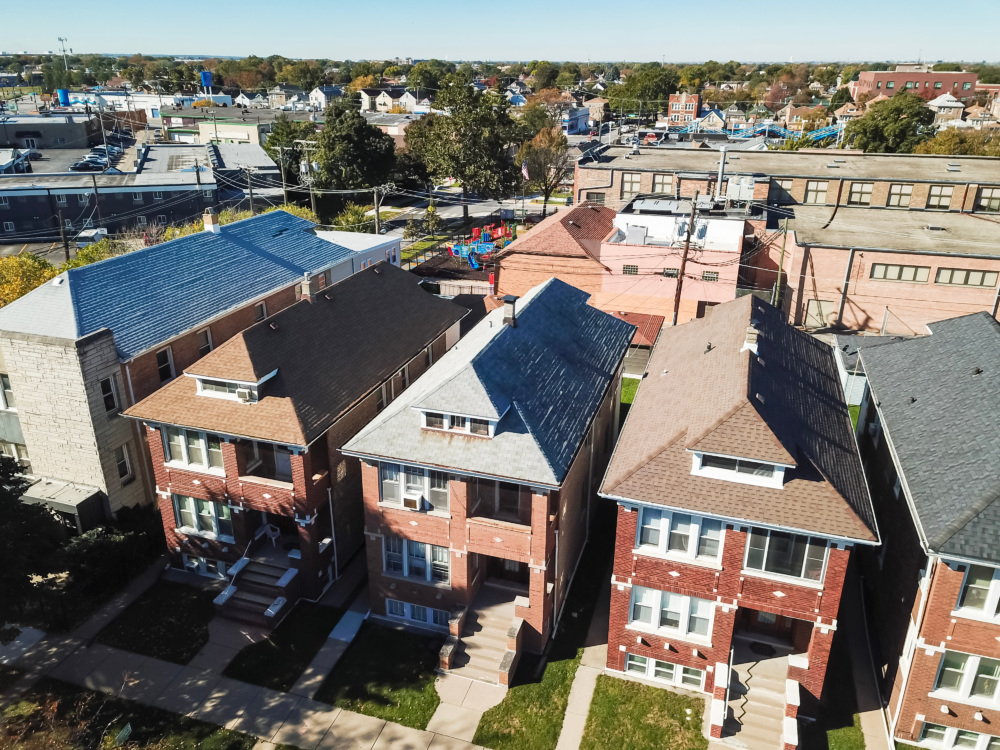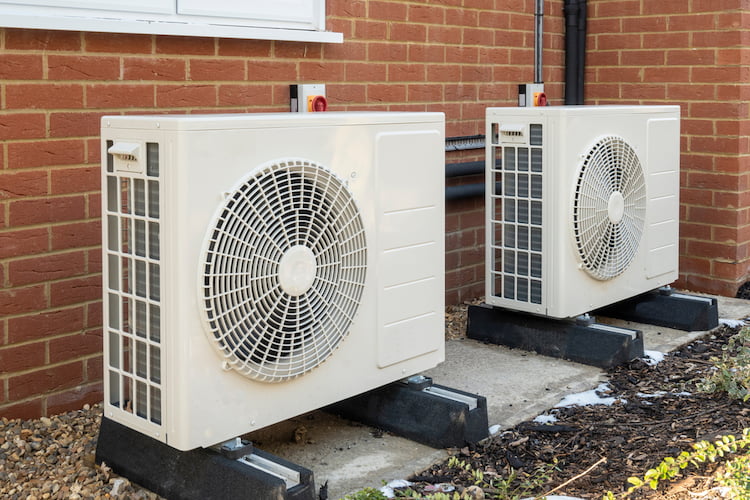Americas

Energy efficiency policies address rising energy demand and aid the transition to renewable energy sources. High-performing technologies not only save consumers money on utility bills but also reduce costs to governments. CLASP works in the Americas to advance policies that transform the market toward highly-efficient products.

Countries in the Americas represent 14% of the global population, but 30% of global greenhouse gas emissions.
Prioritizing energy efficiency in the Americas
Four countries in the Americas are among the world’s top-20 carbon-emitting economies in the appliances sector, and several others are positioned to join in the coming years. Electricity consumption across North, South, and Central America has collectively risen almost 50% in the last decade with associated emissions coming from primarily fossil fuel sources such as coal, oil, and natural gas.
Despite a growing capacity of renewable energy sources, energy efficiency policies remain necessary to address energy security, improve quality of life, and meet climate goals. CLASP works alongside policymakers, utility companies, and industry in the Americas to support stringent energy performance policies and informative appliance labels.
CLASP PROVIDES SUPPORT IN THESE COUNTRIES

Brazil
In Brazil, a strong energy efficiency framework can contribute significantly to emissions reduction targets while reducing the need for fossil fuel-based electricity generation.
91% of Brazilian consumers recognize the national energy label, a majority of which stated they would pay more for a labeled product.
Brazil, the eighth highest emitter of carbon dioxide in the appliances sector, has prioritized energy efficiency as a solution to dwindling hydropower capacity. CLASP works alongside government agencies, utility companies, industry and other local partners to inform energy efficiency policy for key technologies. Our support has played a critical role in impactful policy revisions for air conditioners and refrigerators, in addition to the sharing of best practices in efficiency policy development.

United States
The United States is the second-largest carbon dioxide emitter in the world, but opportunities in appliance efficiency policies and widespread electrification could vastly reduce energy consumption, putting the US on the map as an efficiency leader and raise the bar for similar actions in other major economies.
Upgrading or establishing 50 energy efficiency standards could avoid up to 3 Gt of CO2 emissions cumulatively by 2050
The US has long had the most expansive, well-resourced appliance standards program in the world, covering more than 60 categories of home appliances, commercial equipment, and lighting products.
The Biden Administration is poised to upgrade or establish 50 energy efficiency standards for a wide range of appliances, equipment, and lighting products through 2024 that will save up to 3 Gt CO₂ cumulatively by 2050.
To ensure this climate win, CLASP has partnered with the Appliance Standards Awareness Project and NDRC to launch an aggressive advocacy push on both technical and communications fronts.
CLASP is also working with partners to accelerate the US’s transition to energy efficient, decarbonized indoor heating and cooling. Learn more.

Best Practices in AC Efficiency Policy: Experiences from Brazil, China and India
Global demand for cooling is rising and governments face challenges in managing higher electricity demand and climate impacts. Policymakers from Brazil, China, and India joined CLASP for a panel event to share insights from their experiences implementing AC efficiency policy.








